Tragedy at Makkah
Crane tragedy is a reminder of what can go wrong despite all precautions being taken when so many people come together
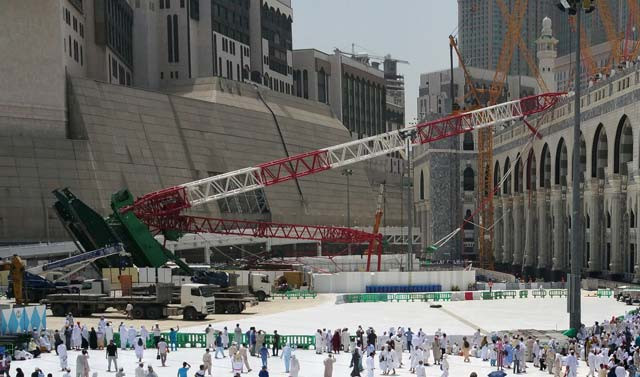
A handout picture provided by the Saudi Press Agency (SPA) on September 12, 2015 and taken late the day before shows the base of a crane that collapsed at the Grand Mosque in Saudi Arabia's holy Muslim city of Mecca. PHOTO: AFP
This is the first major tragedy to take place in several years in Makkah. In the past, following a number of accidents resulting from the huge crowds arriving at the centre of the Islamic world, the Saudi authorities had taken steps to put in place better safety measures and also control the numbers coming in. In 2012, three million people visited Makkah for Hajj. In 2013, stricter limits were put in place on those permitted to come in for the pilgrimage. This has had positive results. But of course tragedy cannot always be avoided. So far, at least 47 Pakistanis have reportedly been injured in the accident. It is the duty of the Pakistani consulate to make inquiries regarding the state of health of these Pakistani nationals and assist those whose family members may have been injured or require help in transporting the seriously wounded back home. It is essential that our citizens are not left alone in this time of agony. We can only be grateful that the accident did not take place at a later date, at a time when the Grand Mosque might have seen far larger crowds filling it. The Hajj pilgrimage is now just 10 days away and the crane tragedy is a reminder of what can go wrong despite all precautions being taken when so many people come together.
Published in The Express Tribune, September 13th, 2015.
Like Opinion & Editorial on Facebook, follow @ETOpEd on Twitter to receive all updates on all our daily pieces.




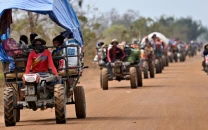



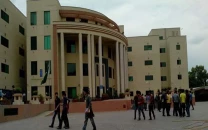

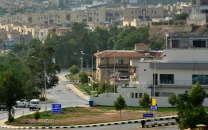

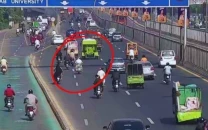






COMMENTS
Comments are moderated and generally will be posted if they are on-topic and not abusive.
For more information, please see our Comments FAQ